A Year in Review & My Top Wines of 2019
Here we are, quickly approaching the end of 2019, a year that seemed to fly by due to just how jam-packed it was with events, tastings, and memorable moments. It was also a year of new discoveries, which I consider myself lucky to have been a part of, and I am very happy to share these with my readers. I gained a new respect for a region that I had dismissed to a certain degree, and in doing so have now opened my eyes to a category of domestic wine that will be filling my cellar for decades to come. As for tastings, I was fortunate to have been included in some of the most amazing events I can remember throughout my time as a wine lover, which became apparent as I toiled with the winner of my Top Back-Vintage Wine of the Year. And so, without further ado: Welcome to my 2019 year in review.This was a year that started at a high point of tastings, leading off with a dinner at the new Legacy Records, NYC. The hype is warranted at this trendy westside location, with the Honey Lacquered Duck being the food highlight of the night. As for wine, however, starting the year with a taste of the 1995 Poggio di Sotto Brunello Riserva set a high standard for the year. Anyone that follows my notes probably knows that I am a huge fan of the Piero Palmuci era of Poggio di Sotto - the only sad thing is how expensive these wines have become. However, this is a rare occasion where it’s truly warranted. This evening also began a series of vintage Giuseppe Rinaldi Barolo tastings that continued throughout the year (and yes, I feel blessed for that). As we moved into February, like most years, the onslaught of producer visits and organized tastings began. Keep in mind that there isn’t much for a winemaker to do in the winery or vineyards during the months of January and February, so most get on the road to visit accounts and talk about new vintages. One of the standouts this year was, undoubtedly, Luca Currado of Vietti, who in conjunction with Jeff Porter (ex-Bastianich Beverage Director and the mastermind behind Sip Trip), held a focused tasting of the Vietti crus that all go into making the Barolo Castiglione. The Castiglione Barolo is one of the best values to be found in the region, vintage after vintage, and at this tasting, Luca went into detail to explain the terroir of each vineyard, just how important they are from an individual standpoint, and how each of them affects the final blend of Castiglione. It was eye-opening, to say the least.
From there, an event I look forward to each year: I started to gear up for Antonio Galloni’s La Festa del Barolo. What made the 2019 edition of Antonio’s event truly special was his Rare Wine Dinner, held at Nomad’s rooftop and featuring a rare vertical of large-format, Giuseppe Rinaldi Barolo Brunate Riserva. This was a once-in-a-lifetime tasting, with the majority of the wines coming from one collector’s cellar, and a bottling that is never commercially released. The only way to build a collection such as this was to be a friend of the family or a long-standing, regular customer at the cellar door for decades. Not only was it like tasting history, it also showed how much provenance counts--the wines were pristine. This was also the night that I tasted my Top Back Vintage Wine of the Year (hint, hint). As the year moved on and tastings continued to present themselves, one that stands out and opened my eyes to a neglected category was La Tablee, which featured wines from the Rhone, where each producer put a new vintage against a mature one for attendees to taste. The Rhone, particularly the south, has always represented a love-hate relationship for me, as I was introduced to it in the heights of the Parker Era of wines from the region. 2005, 2007, and 2009 Chateauneuf du Pape still lines my cellar, but I find those vintages a little hard to stomach. That said, what this tasting gave me was a newfound respect for the “lesser vintages”, which have since provided me with a great deal of pleasure, 2004, 2006, and 2012 being years that I follow closely now. What’s more, if you haven’t tasted the wines from the 2015 through 2017 vintages, then you don’t know what you’re missing. Châteauneuf du Pape has completely upped its game.
Having already been to the major wine-producing regions of Spain, I thought I had a good idea of what to expect, but little did I know that this trip would introduce me to a whole new way of thinking about the region. Today’s Spain is no longer about centuries of tradition and trying to be or replicate the prestige of any other
My return home meant the start of the 2019 Morrell Wine Catalog, a time that I’m incredibly proud of, but as is usually the case, envelops the entire months of July through October. In the end, it’s always been worth the effort, and this year was no different. Volume 5 of Morrell Wine’s catalog is the largest (184 pages), most comprehensive version to date, along with a digital version that contains 240 pages worth of content. Each year, I struggle with the dilemma of how to outdo the year before. This year, it was through the introduction of many new producers that were discovered throughout the year. Even the cover is a departure from the norm, showcasing one of the most dramatic vineyards I’ve ever encountered: the old vines of Pintia in Toro, Spain. With November came our gearing up for the Holidays, as well as sneaking in one more Giuseppe Rinaldi tasting for good measure, courtesy of a good friend and collector. But also, the start of a new project which I’m very proud of, and that’s the new producer video interview series, which began with Giuseppe Vajra of G.D. Vajra, and has now also includes Claudia Cigliuti and Andrea Sottimano. Being a collector puts me in a position where I find myself with a lot of questions for winemakers, which I believe consumers are eager to know the answers to as well. Keep an eye out for many more to come in 2020. This is something that I’ve wanted to do for many years. Which brings us to December and what has yet to come. I know the holiday season always presents some great tasting opportunities and surprises, but what’s gotten me even more excited is what 2020 will bring. In fact, I’ve never been so eager to get a jump on a new year as I am right now, because I have a feeling that 2020 will be EPIC. Until then, enjoy my top wines of 2019, and cheers to the new year ahead of us. Eric Guido’s Top Wines of 2019Spain, Italy and Washington hold the top spots of my list this year, and each of these wines has earned their place. In fact, 5 years ago, I would never have believed you if you had told me that these would be my top three wines. Why? When it comes to Spain, all I had the opportunity to taste were oak-slicked wines of dark ripe fruit. As for Fontodi in Tuscany, I was a devout lover of Vigna del Sorbo, and I would always say that Fallianello was too “Internationally-styled”. And then there’s Washington, which I respected, but simply didn’t understand at the time. However, today, Spain has a new pulse, Fontodi and Tuscany has achieved an unprecedented increase in quality and level of balance, and Washington continues to refine, improve, and also benefit from one of the best recent vintages: 2016.
1- 2016 Familia Nin-Ortiz Garnacha Priorat Nit de Nin Coma D'en Romeu - Now this is unique and highly enjoyable, showing a display of dried strawberries, offset by spicy orange zest, hints of lime, exotic spice, savory herbs, dried red florals, smoky minerals and hints of brown sugar. On the palate, I found velvety textures, enlivened by fresh acidity, continuing the citrus theme, as ripe red berry fruits, sweet spices, and hints of fine tannin settled on the senses. Thoroughly enjoyable from start to the long, long finish, showing saturating minerality, spices, red fruits and hints of wild herbs, as lingering acids buzzed upon the senses. (97 points)
2- 2016 Fontodi Flaccianello della Pieve Colli della Toscana Centrale IGT - The nose was alluringly dark, spicy and floral, with crushed stone, giving way to blackberry, savory meats, animal tones and wild herbs. On the palate, I found silky textures offset by zesty acidity, with saturating spices and mineral-infused dark
Following up my top three is a series of wines that are almost impossible to categorize by quality. In fact, wines holding the fourth through tenth spots are all overperformers. In many cases, they are overlooked or misunderstood, but in my mind, they represent the future of each region.
4- 2015 Paolo Scavino Barolo Bric dël Fiasc - The nose was intense and viral, as the bouquet wafted up from the glass with masses of dark red fruit, crushed stone, dried rosy florals, wild herbs and smoke. On the palate, I found silky textures, displaying fleshy ripe cherry offset by zesty spices, minerals and acids. The
5- 2016 Daniel Gómez Jiménez Landi Vino de la Tierra de Castilla El Reventón RV - The nose was slightly restrained, yet very, very pretty, showing fresh, ripe strawberries off the vine, moist earth, dusty sweet spices, a mix of exotic florals, stone dust, and hints of white pepper. On the palate, I found silky-soft textures, with an almost-creamy feel, delivering a sweet but peppery display of ripe and savory cherry, raspberry sauce, confectionary spices, minerals and wonderfully balancing acidity. The finish was long, but subtle, with pretty red fruits, red licorice, spice, and masses of tactile inner florals, as I felt a warming, pleasing sensation of heat going down. What a crazy wine and so easy to like already. (96 points)
7- 2013 San Giusto a Rentennano La Ricolma Toscana IGT - The ‘13 La Ricolma showed a darker and spicier expression than the vintages surrounding it. Here I found a bouquet of crushed black raspberry, tart cherry, sage, dusty earth tones, stone dust and dried florals. On the palate, silky textures were contrasted by
8- 2015 Tiberio Trebbiano d'Abruzzo Fonte Canale - The nose was deeply expressive, showing more like a steely white Burg than what you’d expect from an Italian Bianco. Here I found a display of rich white stone fruits, savory minerals, rubbed sage, sea air, and hints of spice. On the palate, I found round textures on a medium-bodied frame showing savory minerals, green apple, young peach, and saline-infused yellow citrus. The finish was long, with saturating mineral tones, resonating tart apple acidity, hints of lemon peel, and inner florals. (95 points)
9- 2016 Domaine Charvin Châteauneuf-du-Pape - The nose was incredibly fresh and pretty, showing crushed stone with dusty, violet pastille infused blackberry, fresh black cherry, and dark, dried floral tones. On the palate, I found velvety textures, yet still so fresh and lifted by brisk acids, seeming like liquid violet florals splashing across all of the senses, showing a mix of blue and black fruits with sweet spice, minerals and hints of tannin. The finish was fresh, with just a hint of heat, displaying saturating young tannin and dark floral-infused black fruits. This is so fresh yet still structured to age. I can imagine that 2-3 years in the cellar will reveal an even better experience. Wow! (95 points)
10- 2016 Domaine Saint-Damien Gigondas La Louisiane - The nose was intense, with a complex display of blackberry, crushed stone, smoke, incense shop, exotic spice, wild mountain herbs, pepper and hints of violet flowers. On the palate, I found silky, verging on velvety, textures, offset by a mix of compact blackberry
Wines eleven through thirteen hold a special place in my heart, as I originally intended this to be a “Top Ten” list, but I just couldn’t leave them out. Each of these wines truly moved me. Granted, all three of them are very limited, but in my opinion, they are all worth seeking out, and they represent amazing value in their category.
11- 2016 Domaine Georges Vernay Côte-Rôtie Maison Rouge - The nose was gorgeous, with purple florals giving way to smoky crushed stone, blackberries, a dusting of violet candies, and sweet spice. On the palate, I found soft textures contrasted by salty minerals, tart black fruits, brisk acids and savory spice. The finish was long, saturating the senses with tart black fruits, savory dried meats, minerals and young tannins. This is just a baby, and with so much potential. (95 points)
12- 2017 Montsecano Pinot Noir - The nose was gorgeous and exotic, more lifted than the 2016, as a burst of orange and yellow citrus gave way to bright strawberry, sweet, dusty minerals, a bouquet of fresh florals and spice. On the palate, I found silky, pure red-fruited textures, guided by laser-like acidity, as a mix of saline-minerals, tangerine and sweet herbs flooded the senses. The finish was long, yet quite feminine and graceful, echoing the citrus-tinged red fruits from the nose and palate, while showing sizzling acids, salty minerals and fine tannin, with a hint of tamarind that seemed to last for well over a minute. At this time, the gutsy ‘16 has a leg up on this vintage, but with time, that opinion might change. (94 points)
13- 2014 Domaine Henri Gouges Nuits St. Georges Blanc - What a gorgeous intoxicating bouquet on the ‘14 Nuits-Saint-Georges Blanc. It literally kept me coming back to the glass over and over again. On the nose, I found a savory, salty expression of sea air mixed with smoked meats, green olive, and savory spice. Behind it I found the prettiest white floral tones. On the palate, soft textures flooded the senses, as a wave of acid-infused, salty minerals cut through them like razor, revealing white peaches and inner floral tones. The finish was long and spicy, with wild herbs and resonating minerality. What a gorgeous wine. (94 points)
My Top Scoring Vintage Wine of the Year
I know that finding this wine in the market will be extremely difficult, but if you have the means, then it’s worth the hunt. 1978 is considered one of the greatest vintages of the region, and Giuseppe Rinaldi captured all of that magic in his 1978 Brunate Riserva. I was humbled by this wine, moved, and left in awe. It is now ranked among a small list of wines that have achieved a 99-point score from me.
1978 Giuseppe Rinaldi Barolo Riserva Speciale delle Brunate - The 1978 was absolutely a once-in-a-lifetime experience. We often hear about how great this vintage is, yet we seldom get to experience it. The nose was dark, rich, layered…intense, showing a mix of brown spice, crushed black fruits, dried strawberries, balsamic tones, savory herbs, dusty soil and hints of sour animal muskiness. On the palate, silky textures were perfectly balanced by refreshing acids and lingering tannin, as red berries and spice tones emerged, along with lifting minerality and masses of dark inner florals. It finished long, balanced, and wonderfully enjoyable, with lingering spice, earthy minerals and resonating dried florals. What a dramatic and perfectly matured bottle of Barolo. I will never forget it. (99 points)
My Top Scoring Current Release Wine of the Year
It’s one thing to read about a producer and a region and another to actually visit them. My trip to Spain included a hike up the Tumba del Rey Moro vineyard in the Gredos mountains, and I must say that it felt like a pilgrimage of sorts. At 1200-1300 meters above sea level, this centennial vineyard exists in spite of its poor rocky soils and desolate climate, but it produces Garnacha of such remarkable beauty that I was left speechless. I sat with this glass for at least an hour, watching it blossom and evolve. Only a master could capture such immaculate purity in a bottle, and Comando G is apparently up to the task. 2016 Comando G Tumba del Rey Moro - To walk through and witness the magnitude of the Rey Moro vineyard, and then taste the wine, was such an amazing experience all on its own. Here I found an absolutely stunning, savory and alluring bouquet, showing mountain and brush herbs, cracked pepper, smoke, crushed rocks, and embers, as the wine opened more in the glass, evolving into ripe strawberries fresh on the vine, rose petals, and exotic spices. On the palate, silky textures flooded the senses, laced with peppery spices, liquid florals, fresh strawberries, and saline-infused minerality, with energy in abundance as brisk acids made the mouth water, and youthful tannin slowly mounted. The finish was long, savory and almost salty with its intense minerality, darker fruit than the nose and palate, and lingering savory herbs. What an incredible wine. So unique, so fresh, and so intense. (98 points) Best Value Buy of the Year
2017 Descendientes de José Palacios Bierzo Pétalos - The nose showed a mix of dusty cherry and strawberry fruits, with savory smokiness and admirable richness, as notes of sage and floral undergrowth developed. On the palate, I found soft yet vibrant textures giving way to zesty acids, with spicy red and black berries, violet-tinged inner florals and saturating minerality. The finish was long, spicy, and staining to the senses, with notes of mineral-soaked raspberry and hints of fine tannin. To think that this is their entry-level wine is amazing. (92 points) And that’s that. Another year done, and quite an amazing one at that. I want to thank all of the amazing friends, collectors and business partners who opened these amazing wines for me. Eric Guido Credits and ResourcesArticle, photos and tasting notes by: Eric Guido David Bowler Wine |

.jpg)
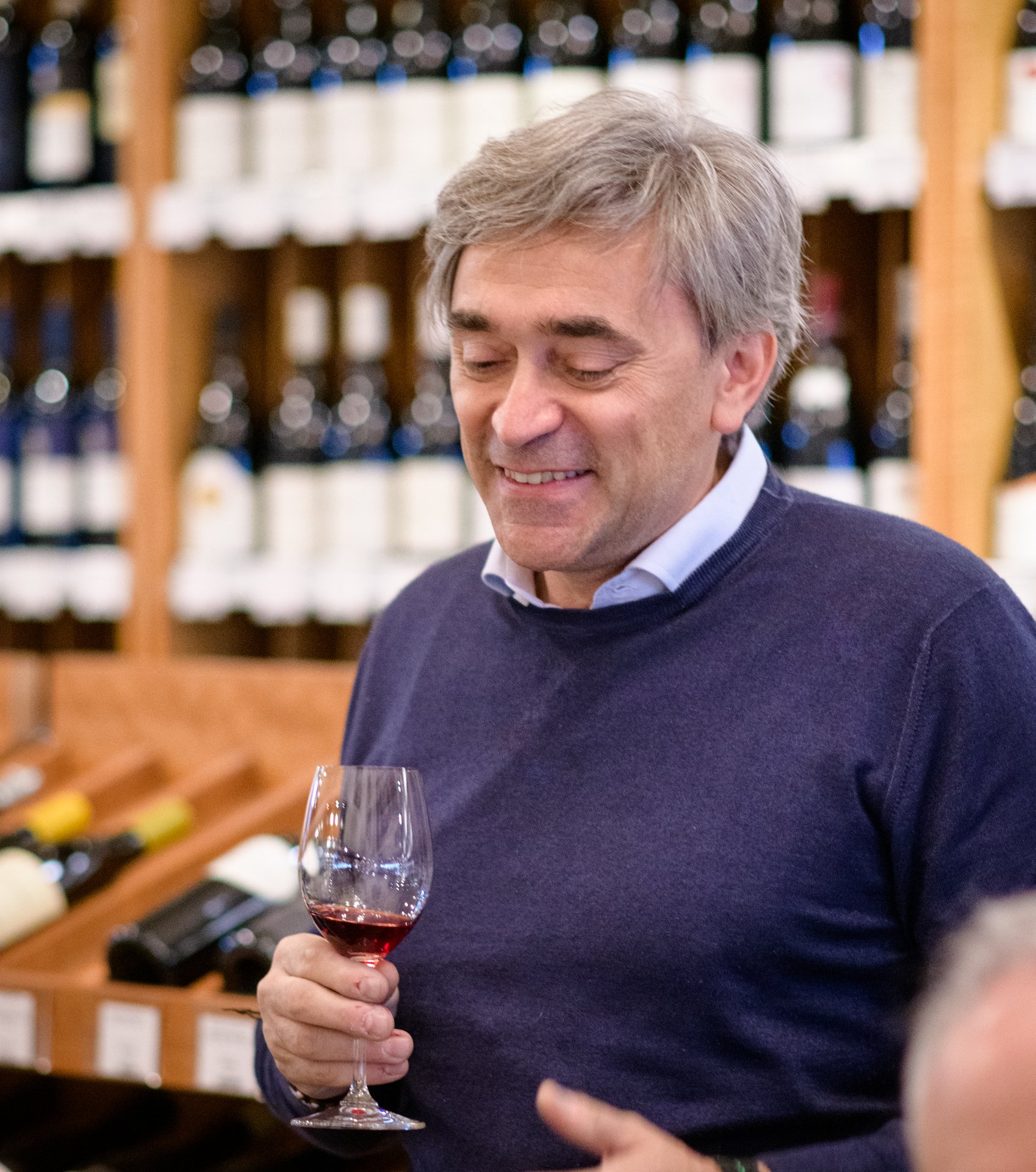
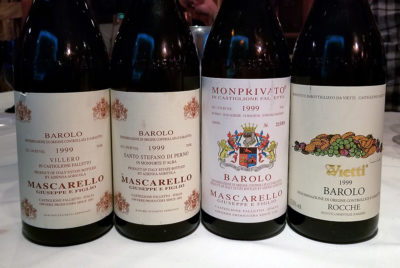 Next up was a memorable
Next up was a memorable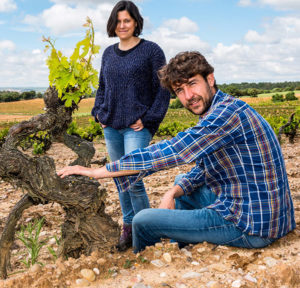 Next up was a sit-down with Gonzalo Iturriaga, head winemaker of Vega Sicilia, who was showing the most recent vintages from all of the Vega properties across Spain and even into Hungary. What struck me most was how these wines have evolved over the short period of time that I’ve had the pleasure of tasting them. Spain is changing right before our eyes, and Vega isn’t missing a beat. Little did I know at the time that this tasting would be followed by a trip to Spain only two months later, but not to see the historic properties. Instead, this was a trip to visit the “off-the-beaten-path” producers of the region, and what better way to preface such a trip than by reading Luis Gutierrez’s recent book,
Next up was a sit-down with Gonzalo Iturriaga, head winemaker of Vega Sicilia, who was showing the most recent vintages from all of the Vega properties across Spain and even into Hungary. What struck me most was how these wines have evolved over the short period of time that I’ve had the pleasure of tasting them. Spain is changing right before our eyes, and Vega isn’t missing a beat. Little did I know at the time that this tasting would be followed by a trip to Spain only two months later, but not to see the historic properties. Instead, this was a trip to visit the “off-the-beaten-path” producers of the region, and what better way to preface such a trip than by reading Luis Gutierrez’s recent book, 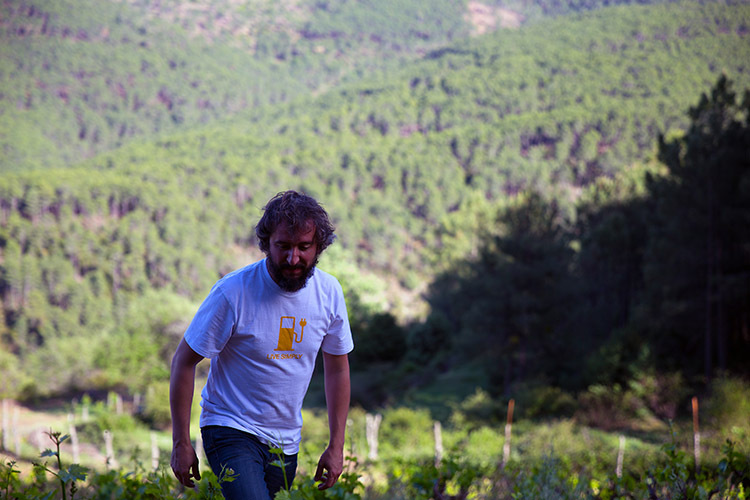 wine-producing region. Instead, it’s about defining terroir, looking to locations that have over a century's worth of vinous history, yet had never previously been known outside of the small mountain-top villages that enjoyed them. Names like
wine-producing region. Instead, it’s about defining terroir, looking to locations that have over a century's worth of vinous history, yet had never previously been known outside of the small mountain-top villages that enjoyed them. Names like 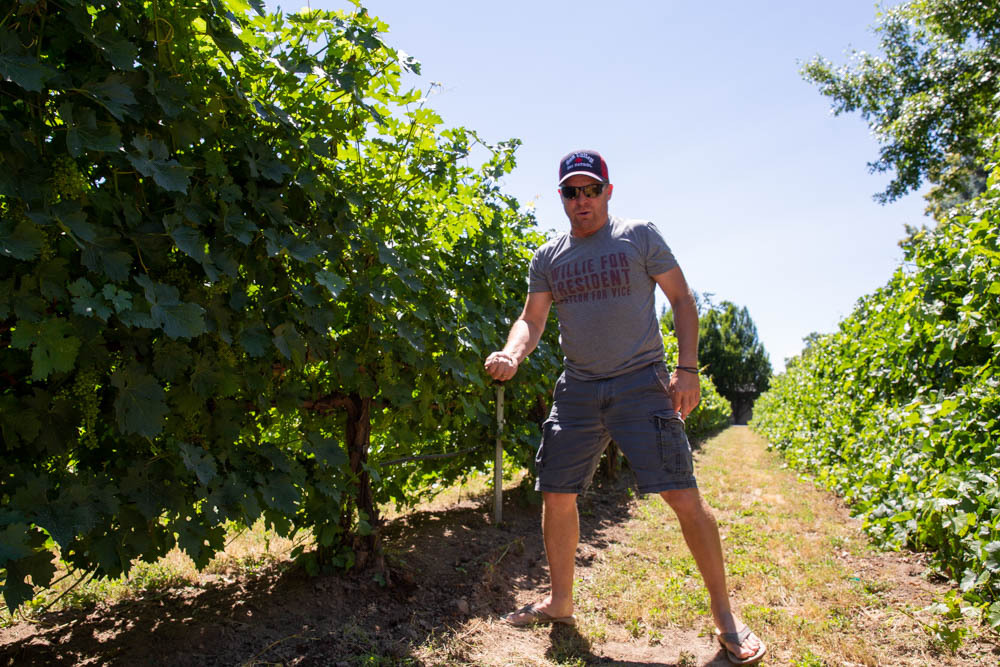 As is usually the case, the travel period of each year seems to go at breakneck speed, which brings me to the next trip of 2019, and my realization of just how important this oft-forgotten region of domestic wine is:
As is usually the case, the travel period of each year seems to go at breakneck speed, which brings me to the next trip of 2019, and my realization of just how important this oft-forgotten region of domestic wine is: 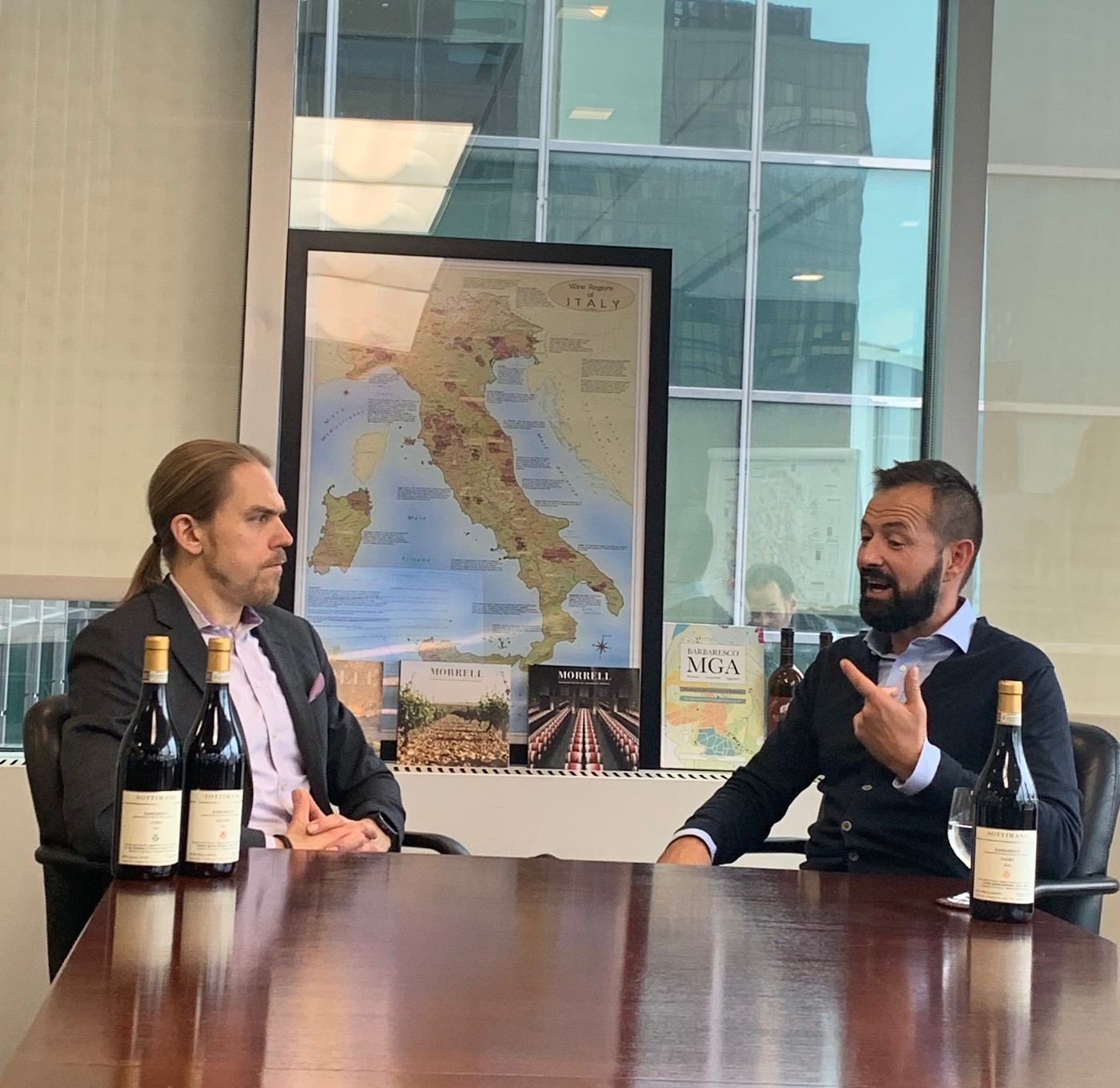
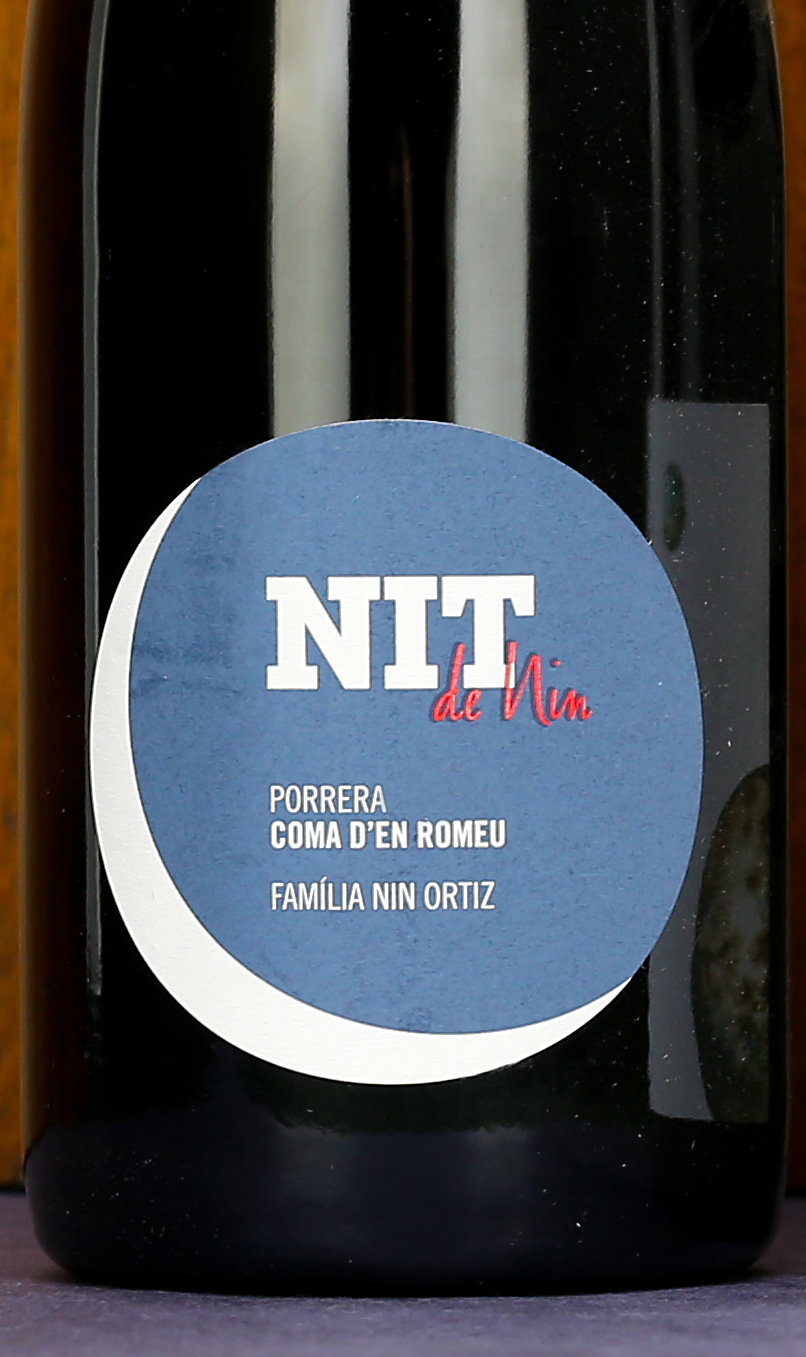
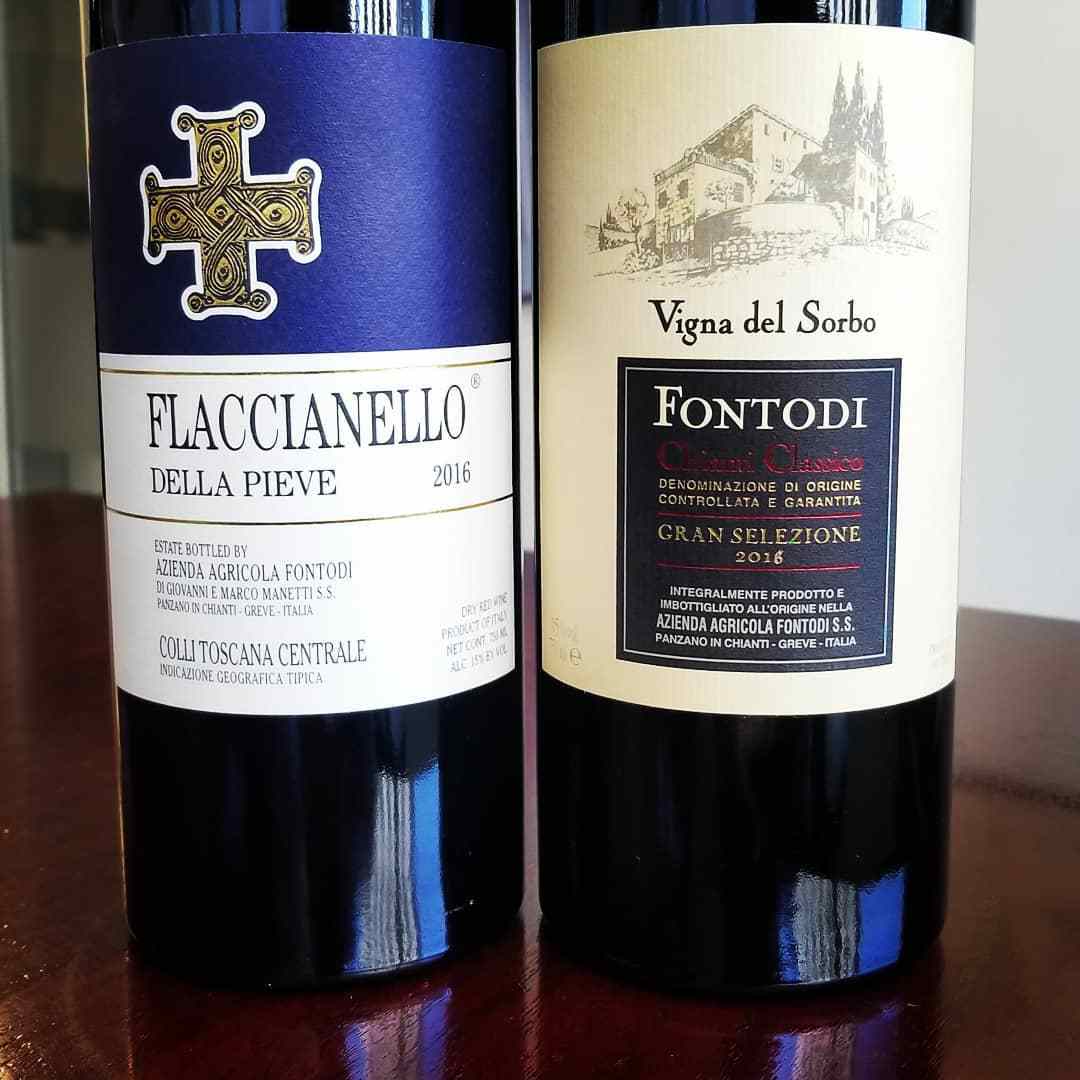 fruits cascading across the senses in a wonderfully fresh expression, before fine tannins settled in. The finish was long, almost salty and savory, with tart blackberry and minerals soaking the senses with grippy tannins. Wow. A totally different expression of young Flaccianello, and I like it a lot. In fact, I’m noticing that Flaccianello has been impressing me a bit more than Vigna del Sorbo in recent vintages. (97 points)
fruits cascading across the senses in a wonderfully fresh expression, before fine tannins settled in. The finish was long, almost salty and savory, with tart blackberry and minerals soaking the senses with grippy tannins. Wow. A totally different expression of young Flaccianello, and I like it a lot. In fact, I’m noticing that Flaccianello has been impressing me a bit more than Vigna del Sorbo in recent vintages. (97 points).jpg) 3- 2016 Leonetti Cellar Reserve Walla Walla Valley - Here I found a mix of dark, herbal-infused fruit, with lifting mineral tones and sweet spice. On the palate, velvety textures host a wave of ripe dark fruits, sweet spice, and minerals, as inner florals emerged, along with saturating tannins. The finish was long, intense, spicy, but also perfectly balanced, as dark fruit and tannin slowly faded from the senses. The 2016 Reserve is already showing so beautifully, yet it is also built for the long haul. (97 points)
3- 2016 Leonetti Cellar Reserve Walla Walla Valley - Here I found a mix of dark, herbal-infused fruit, with lifting mineral tones and sweet spice. On the palate, velvety textures host a wave of ripe dark fruits, sweet spice, and minerals, as inner florals emerged, along with saturating tannins. The finish was long, intense, spicy, but also perfectly balanced, as dark fruit and tannin slowly faded from the senses. The 2016 Reserve is already showing so beautifully, yet it is also built for the long haul. (97 points)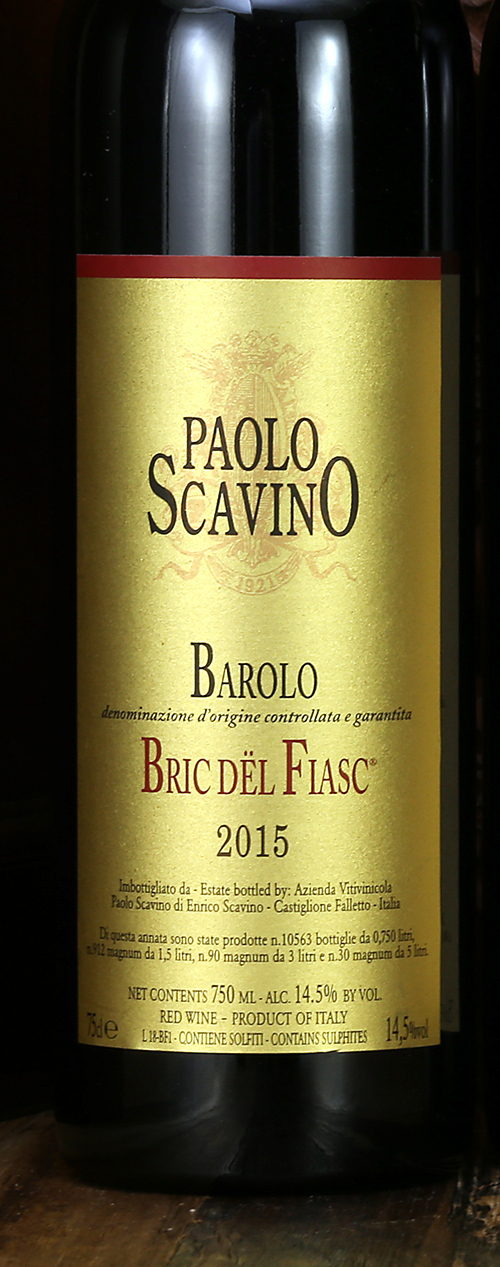 finish was long, resonating on mineral-infused dark red fruits with energizing acids and balsamic spice, as fine tannins slowly mounted. This is so easy to like already, but it is structured and balanced for the long haul. (96 points)
finish was long, resonating on mineral-infused dark red fruits with energizing acids and balsamic spice, as fine tannins slowly mounted. This is so easy to like already, but it is structured and balanced for the long haul. (96 points)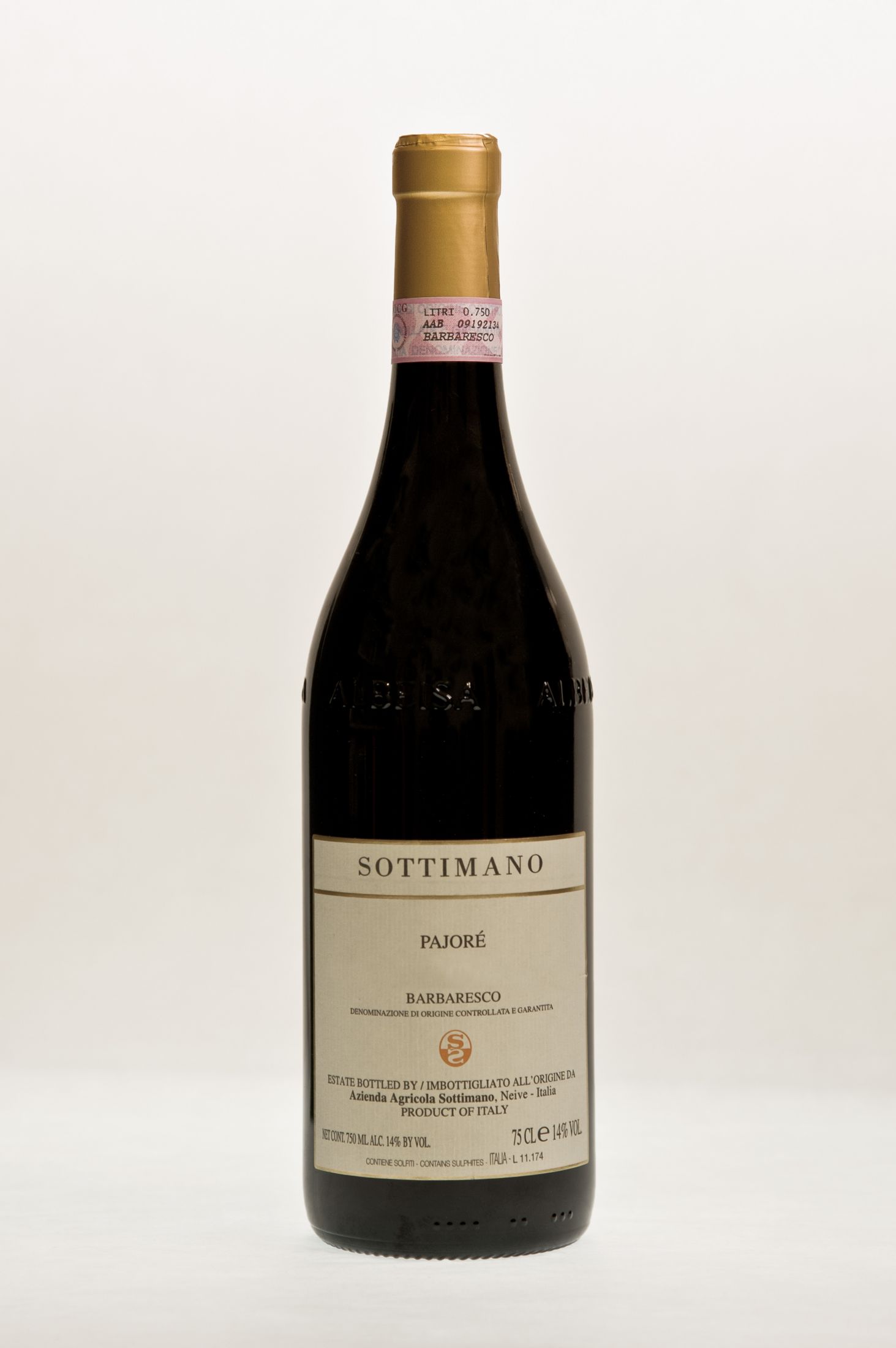 6- 2016 Sottimano Barbaresco Pajoré - The ‘16 Pajore was pure elegance in a glass. The nose showed dark wild berries, dried roses, spice box, dusty earth and hints of floral undergrowth. On the palate, I found silky textures over a weighty framework, as brisk acidity added poise, showing a mix of cherries and strawberries, with sweet inner florals and spice. It was so balanced and, at times, pliant. As its youthful tannins mounted, the finish slowly resolved into an expression of dried red fruits and clenching tannin. (96 points)
6- 2016 Sottimano Barbaresco Pajoré - The ‘16 Pajore was pure elegance in a glass. The nose showed dark wild berries, dried roses, spice box, dusty earth and hints of floral undergrowth. On the palate, I found silky textures over a weighty framework, as brisk acidity added poise, showing a mix of cherries and strawberries, with sweet inner florals and spice. It was so balanced and, at times, pliant. As its youthful tannins mounted, the finish slowly resolved into an expression of dried red fruits and clenching tannin. (96 points).jpg) savory spice, minerals and lively acidity, as an intense mix of saturating red and blue fruits bombarded the senses, leaving youthful tannins in their wake. The finish was long and structured, as zesty acids gave life to lingering tart cherry, spice and minerals. There are many years of evolution in store for the ‘13, and anyone who has it in their cellar will be very happy in another ten years. (96 points)
savory spice, minerals and lively acidity, as an intense mix of saturating red and blue fruits bombarded the senses, leaving youthful tannins in their wake. The finish was long and structured, as zesty acids gave life to lingering tart cherry, spice and minerals. There are many years of evolution in store for the ‘13, and anyone who has it in their cellar will be very happy in another ten years. (96 points)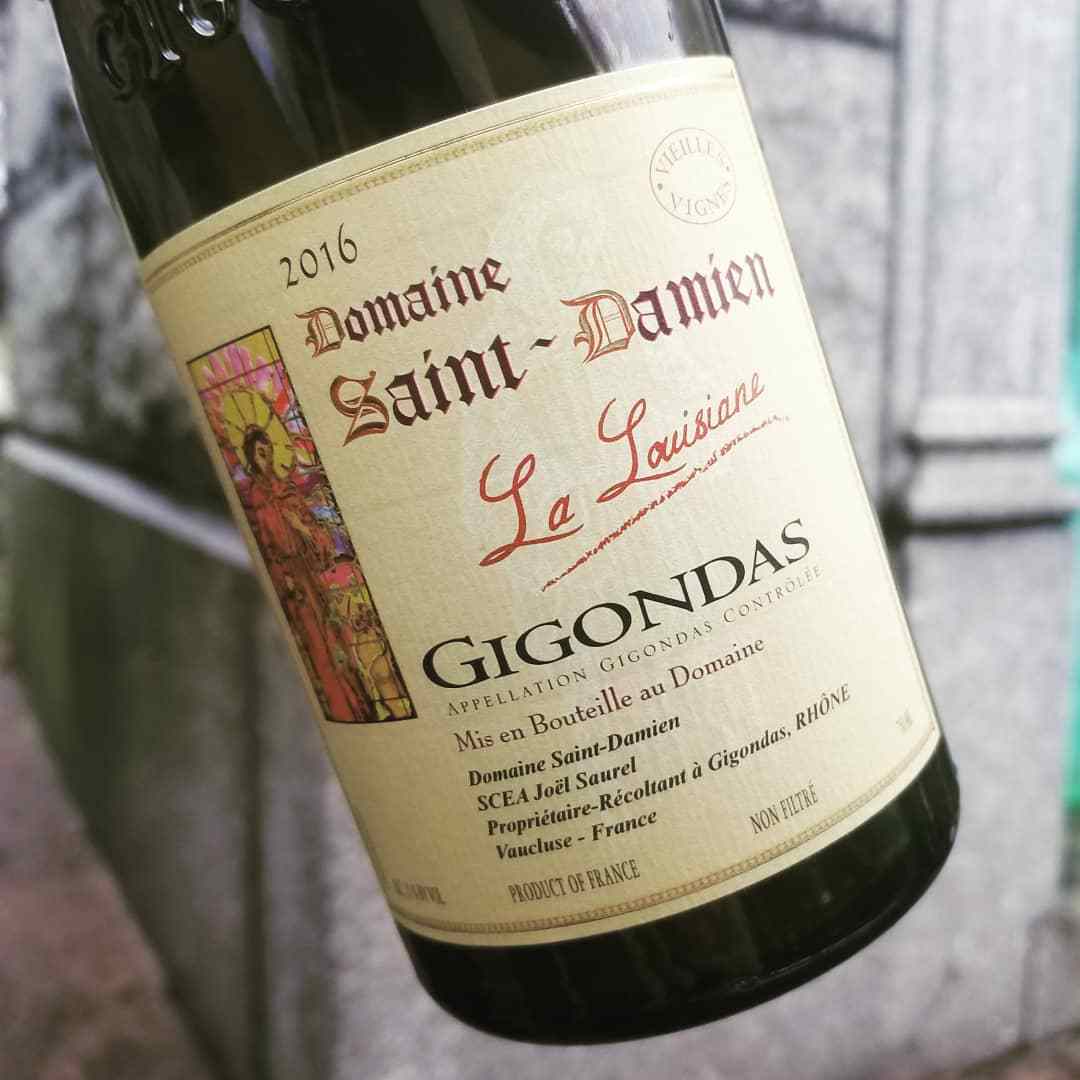 and cherry fruit, followed by spices, minerals and fine tannin, which all seemed quite poised, like a bomb waiting to go off, as brisk acidity kept the experience juicy and pleasurable, and an inner floral note of violets toward the finale. The finish was long and structured, as fine tannins saturated the senses, leaving savory minerals and dried black fruits to linger on and on. This is a serious Gigondas, distinctly savory, and in need of some time in the cellar. It's a gorgeous wine. (95 points)
and cherry fruit, followed by spices, minerals and fine tannin, which all seemed quite poised, like a bomb waiting to go off, as brisk acidity kept the experience juicy and pleasurable, and an inner floral note of violets toward the finale. The finish was long and structured, as fine tannins saturated the senses, leaving savory minerals and dried black fruits to linger on and on. This is a serious Gigondas, distinctly savory, and in need of some time in the cellar. It's a gorgeous wine. (95 points)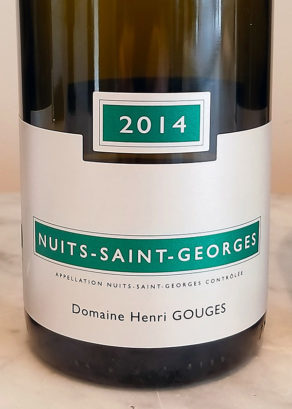
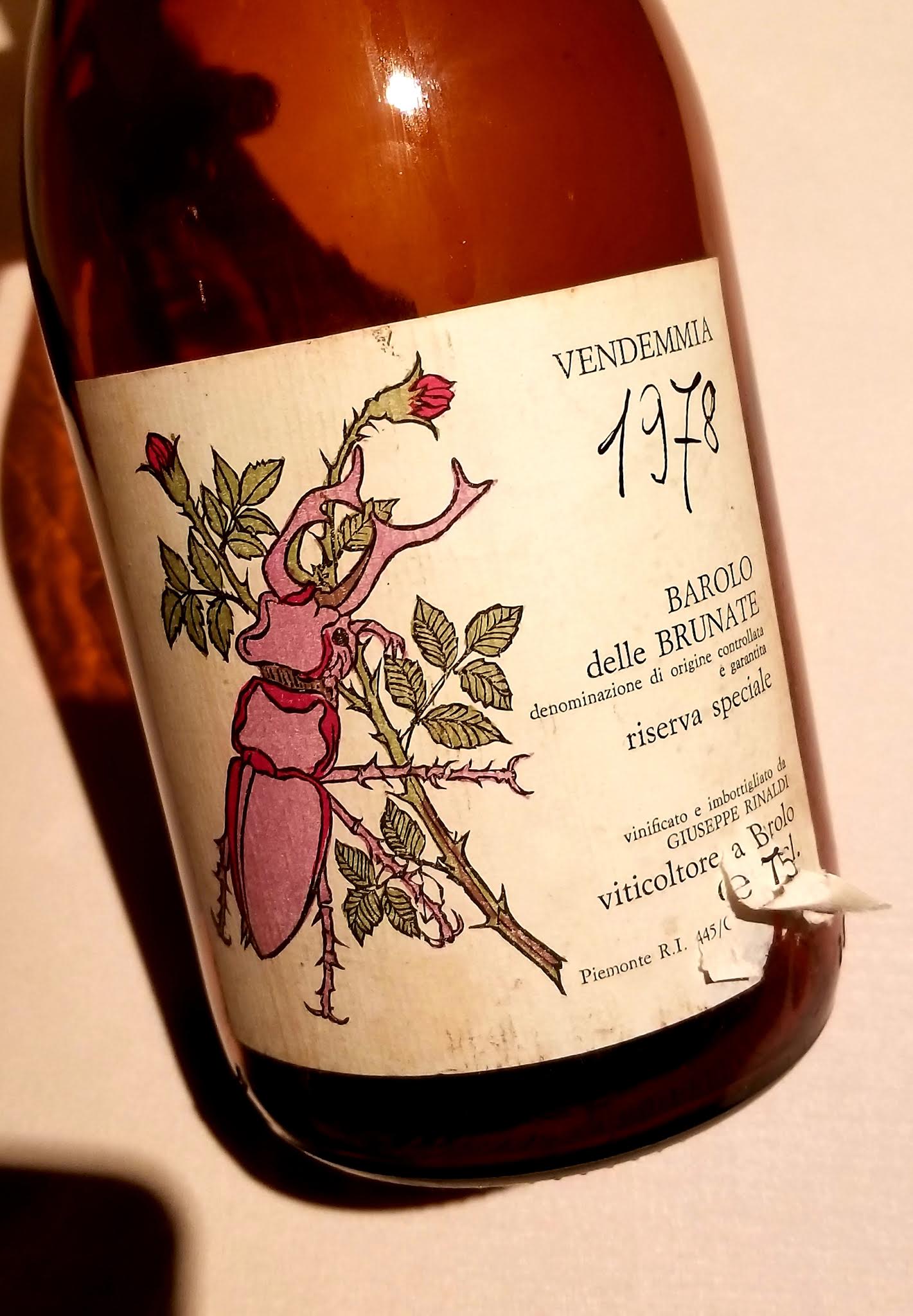
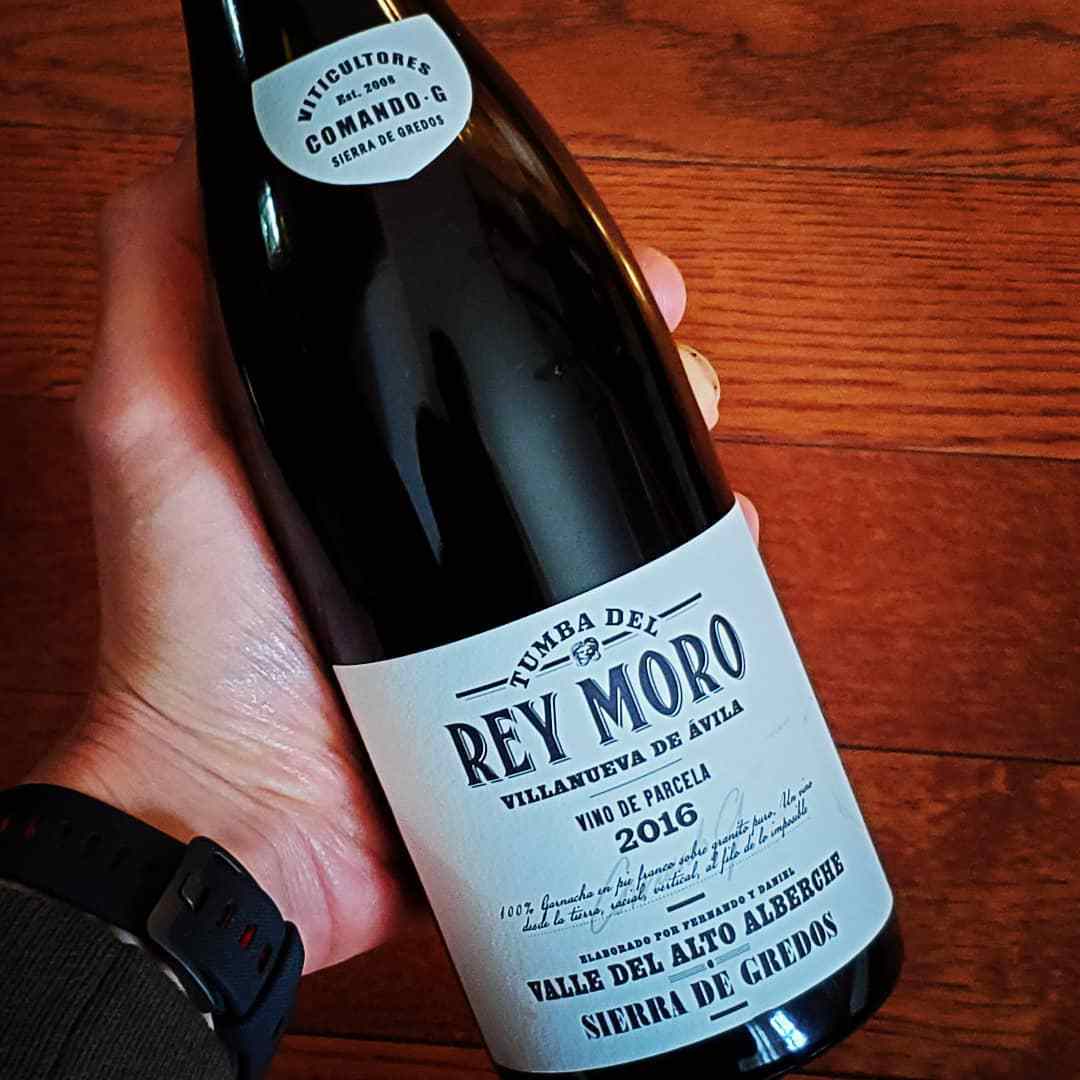
 What’s a top wines list without the value score of the year, and the 2017 Descendientes de José Palacios Pétalos is the winner. This is a remarkably energetic wine that balances between sweet and savory, along with an acid spine that keeps it juicy and fresh. It can pair with a wide variety of foods from seafood to hearty red meats, and it simply keeps you coming back to the glass over and over again. The Pétalos is a field blend that’s based on Mencia, but it also contains a mix of other reds, and even a few indigienous white varieties. It’s off the beaten path, but a path worth traveling. I highly recommend seeking it out.
What’s a top wines list without the value score of the year, and the 2017 Descendientes de José Palacios Pétalos is the winner. This is a remarkably energetic wine that balances between sweet and savory, along with an acid spine that keeps it juicy and fresh. It can pair with a wide variety of foods from seafood to hearty red meats, and it simply keeps you coming back to the glass over and over again. The Pétalos is a field blend that’s based on Mencia, but it also contains a mix of other reds, and even a few indigienous white varieties. It’s off the beaten path, but a path worth traveling. I highly recommend seeking it out.


